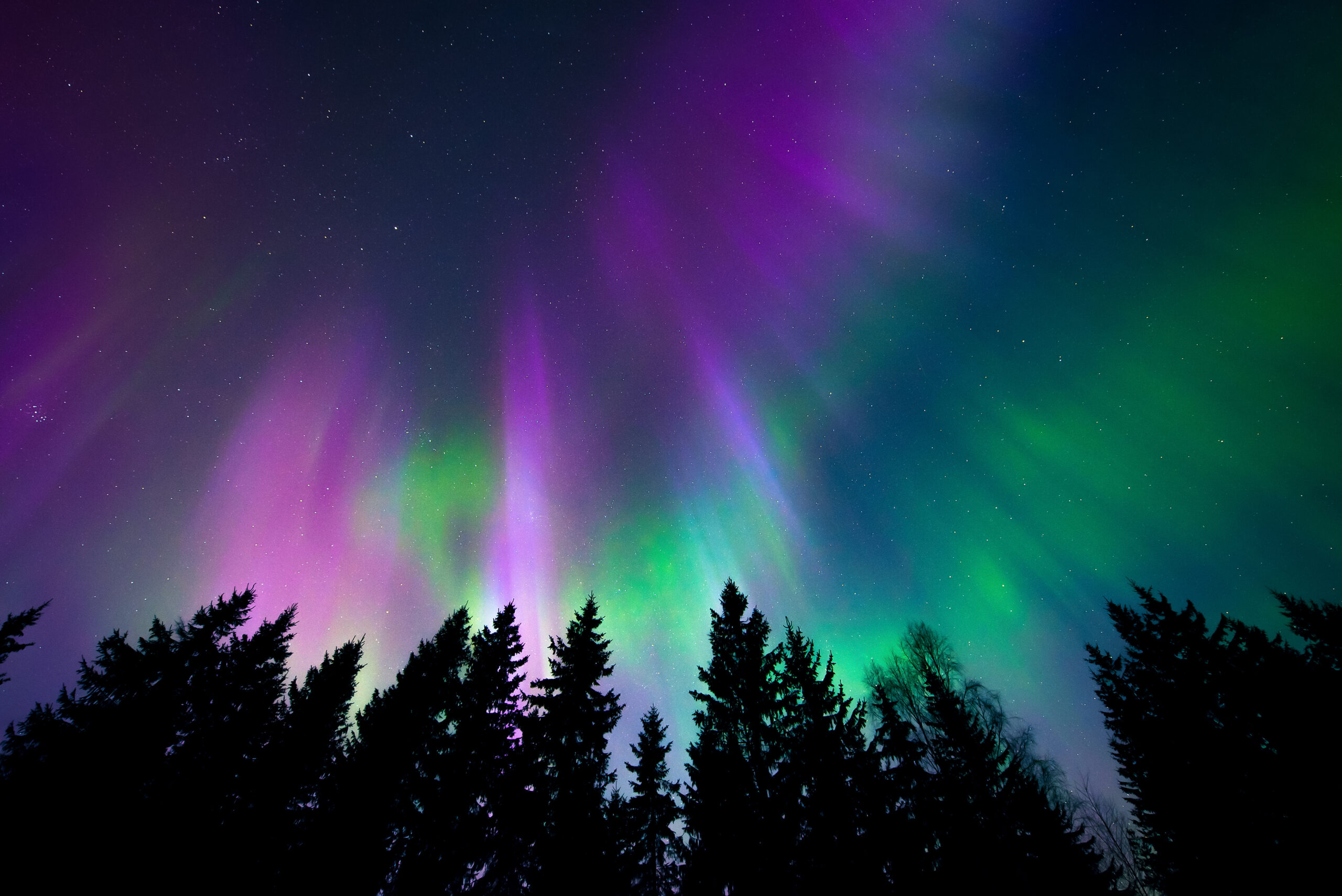A
A
A
While many people take special trips to Iceland or Alaska to see the northern lights, depending on where you live in the United States, you may not have to travel to see them at all this week. The light curtains, which are officially called aurora borealis, may be visible in the northern sky to residents in the Dakotas, Minnesota, Northern New England and other northern locations through Wednesday night. Residents in Montana’s remote areas already reported seeing the northern lights on Sunday night, but they should also be able to view them through Wednesday, assuming weather conditions cooperate.
You do not need any special equipment to see the aurora borealis in most cases, but you do need to be a night owl. The chances are that they will not appear until after 11 p.m. Your best chance of seeing them is after the moon sets at about 3:30 a.m. You may want to bring a DSLR camera with you if you are determined to see the northern lights. Set the camera to burst mode so that it is continually taking about 15-to-30 images. Often, cameras can pick up the northern lights when the naked eye cannot see them.
Read More »
The Space Weather Prediction Center operated by NASA tries to predict the northern lights’ appearance based on the activity they observe on the sun. Scientists can look at storms and predict when the lights might occur when solar winds interact with magnetic fields. Then, the winds collide with the earth’s atmosphere and release energy, and the lights appear. NASA has gotten good enough at watching the solar wind conditions and solar activity that they think they can now predict when the lights will appear up to three days ahead of time.
The Space Weather Prediction Center classifies geomagnetic storms on a scale from one to five. For humans, there are very few effects when a G1 or G2 geomagnetic storm happens, but they can affect migratory animals. The northern lights can appear along the U.S. and Canadian border and further north. Solar activity occurs in 11 year cycles. According to NASA, a G1 and G2 geomagnetic storm happens about 1,800 times in 11 years, but you cannot see many of them. A G1 and G2 geomagnetic storm must usually be measured with scientific equipment designed to measure wind conditions.
Space satellites may be affected when a storm gets to the level G3 level. Additionally, these storms can affect alarms in power stations. They occur about 200 times in 11 years. Once a storm reaches the G4 level, which occurs about 100 times in 11 years, power stations and satellites can have severe problems, affecting their ability to deliver electricity and information to you. Finally, when a G5 storm occurs, then power systems often experience blackouts.
If you missed last night and want to see the northern lights tonight and you are in the northern United States, you need to get away from the city. Look for areas that are designated dark sky areas. Many of these areas can be found in state and national parks. You will need to watch the northern sky, especially after 3:30 a.m. Therefore, you might want to set the alarm. Of course, if there are clouds, it will be impossible to see the lights, but do not give up because the clouds may break up enough for you to still spot the activity.






